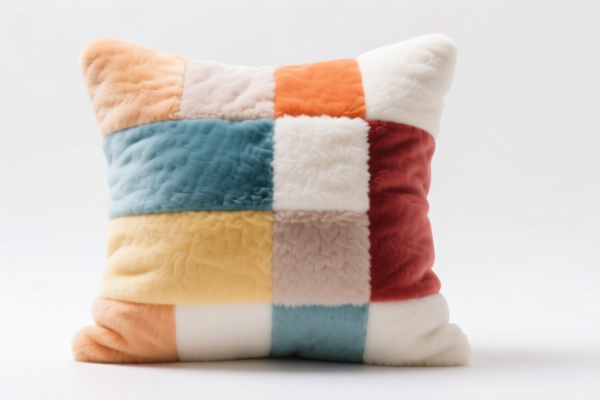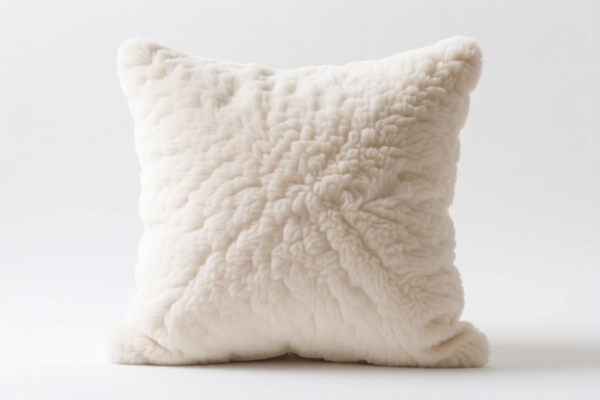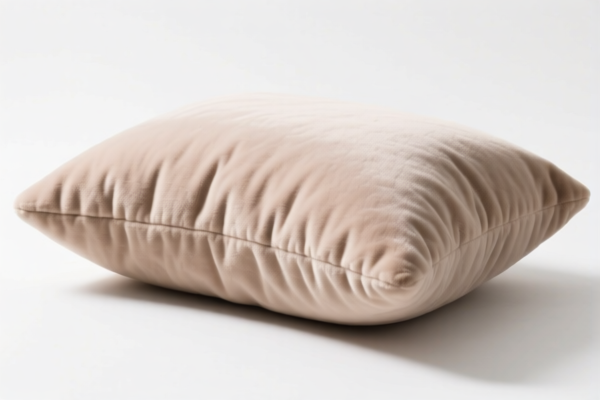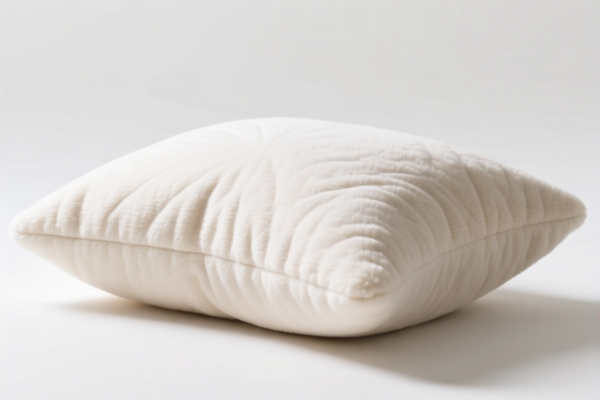| HS Code | Official Doc | Tariff Rate | Origin | Destination | Effective Date |
|---|---|---|---|---|---|
| 9503000071 | Doc | 30.0% | CN | US | 2025-05-12 |
| 9503000090 | Doc | 30.0% | CN | US | 2025-05-12 |
| 6001910010 | Doc | 73.5% | CN | US | 2025-05-12 |
| 6001910020 | Doc | 73.5% | CN | US | 2025-05-12 |
| 6006100000 | Doc | 65.0% | CN | US | 2025-05-12 |
| 3926400090 | Doc | 35.3% | CN | US | 2025-05-12 |




HS Code Classification for PLUSH BALL
Here's a breakdown of potential HS codes for "PLUSH BALL," considering various interpretations and common applications. It's crucial to determine the exact nature of the plush ball (material, size, use) for accurate classification.
Important Note: HS codes are determined by the composition and use of the item. The following are possibilities; the final determination rests with customs officials.
1. 9503.80.00 - Toys, Games and Articles for Amusement (Other)
- 95: Chapter 95 – Toys, Games and Articles for Amusement, including Sports Articles and Parts thereof.
- 03: Toys, games and articles for amusement.
- 80: Other. This is a broad category for toys not specifically classified elsewhere.
- Applicability: If the plush ball is primarily intended as a toy for children (e.g., a soft ball for playing, a character plush ball), this is the most likely classification. Consider if it has any mechanical, electrical, or optical features.
- Tax Rate: Varies significantly by country. Generally falls within a moderate range (e.g., 10-20%).
- Notes: If the plush ball is small and contains small parts, it must meet safety standards for toys (e.g., EN71 in Europe, ASTM F963 in the US).
2. 6006.00.00 - Other Made Up Textile Articles
- 60: Chapter 60 – Textile Fabrics.
- 06: Made up textile articles.
- 00: Other made up textile articles.
- Applicability: If the plush ball is used as a decorative item, a fashion accessory, or a component of clothing (e.g., a pom-pom on a hat), this code may apply. The key is that it's made primarily of textile materials.
- Tax Rate: Varies depending on the textile material (e.g., cotton, polyester). Generally lower than toys.
- Notes: The material composition is critical. If it contains non-textile components (e.g., plastic eyes, metal bells), this code may not be appropriate.
3. 9506.51.00 - Articles and Accessories for Sports, Games or Amusements; Billiard, Snooker, Pool, Football, Basketball, Tennis, Golf, Badminton and Similar Games; Swimming Pools and Wading Pools
- 95: Chapter 95 – Toys, Games and Articles for Amusement, including Sports Articles and Parts thereof.
- 06: Articles and accessories for sports, games or amusements.
- 51: Articles and accessories for sports, games or amusements; Billiard, Snooker, Pool, Football, Basketball, Tennis, Golf, Badminton and Similar Games; Swimming Pools and Wading Pools.
- Applicability: If the plush ball is specifically designed for a sport or game (e.g., a soft juggling ball, a ball used in a children's sports activity), this code could be relevant.
- Tax Rate: Varies by country and specific sport.
- Notes: The intended use must be clearly for sports or games.
4. 3926.90.90 - Other articles of plastics and articles thereof
- 39: Chapter 39 – Plastics and articles thereof.
- 26: Articles of plastics and articles thereof.
- 90: Other.
- Applicability: If the plush ball is made of plastic and not covered by other codes.
- Tax Rate: Varies by country and specific plastic type.
- Notes: The material composition is critical.
5. 4107.90.00 - Leather or Composition Leather Articles
- 41: Chapter 41 – Leather and Composition Leather.
- 07: Articles of leather or composition leather.
- 90: Other.
- Applicability: If the plush ball is made of leather or composition leather.
- Tax Rate: Varies by country and specific leather type.
- Notes: The material composition is critical.
Important Considerations & Recommendations:
- Material Composition: Provide a detailed breakdown of the materials used (e.g., 80% polyester, 20% cotton, plastic eyes).
- Intended Use: Clearly define the purpose of the plush ball (e.g., toy, decoration, sports equipment).
- Size and Weight: These factors can influence classification.
- Country of Import: Tax rates and regulations vary significantly.
- Certification: Depending on the intended use (especially as a toy), you may need to provide safety certifications (e.g., EN71, ASTM F963).
- Single Invoice: If you are importing multiple types of plush balls, ensure each type is clearly identified on the invoice.
Disclaimer: This information is for general guidance only. The final HS code determination is the responsibility of the importer and customs authorities. It is highly recommended to consult with a customs broker or relevant authority in the country of import for accurate classification.
Customer Reviews
The HS code 3926400090 with a 35.3% tariff rate was exactly what I needed. Great resource for exporters!
The site has a lot of info, but I found it a bit confusing at first. The section on 6006.00.00 was helpful, though.
The breakdown of HS codes for plush balls was really informative. I especially liked the note about material composition and safety standards.
I found the HS code 9503000071 with a 30% tariff rate for plush balls. The info was clear and helpful for my export planning.